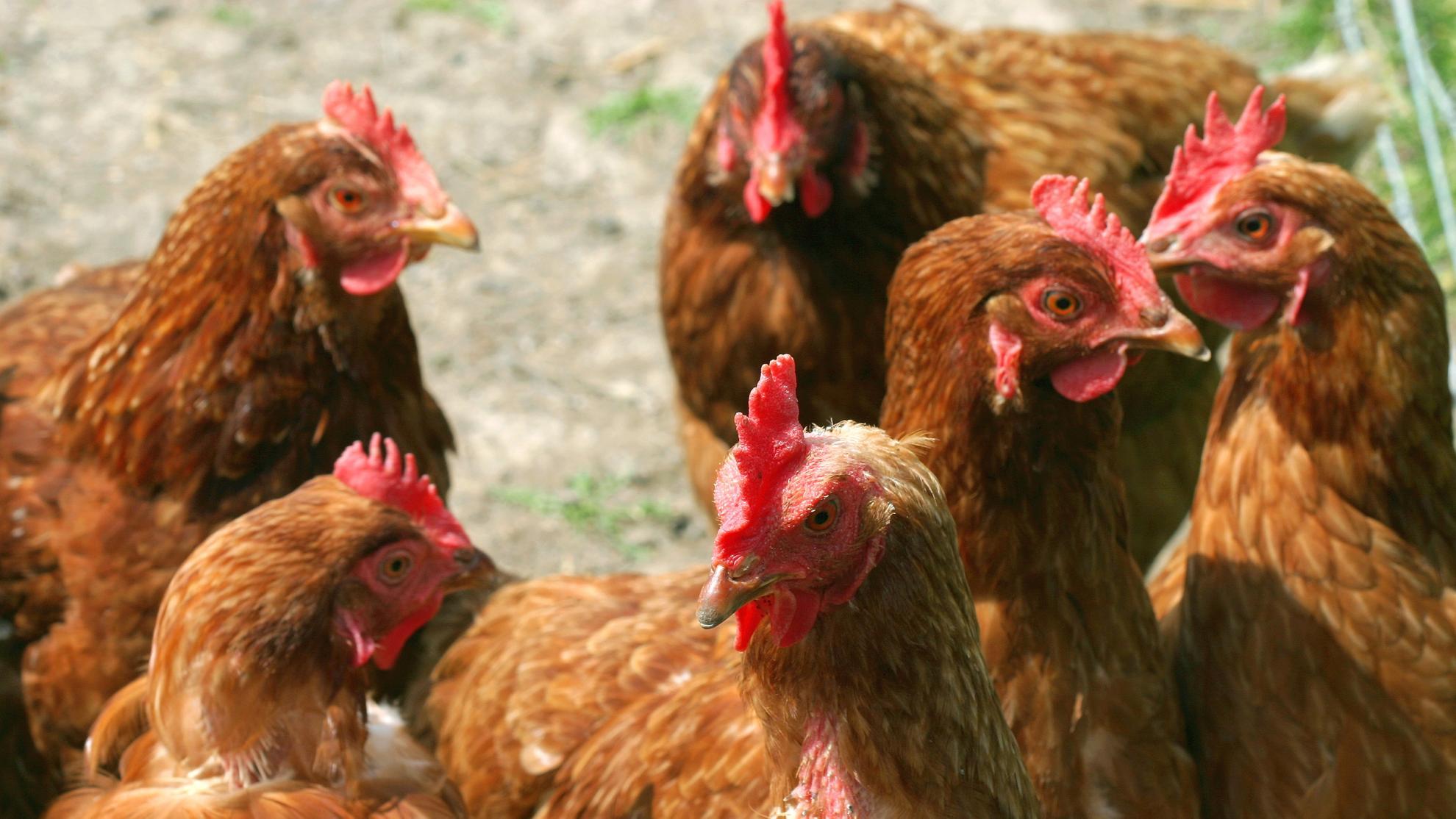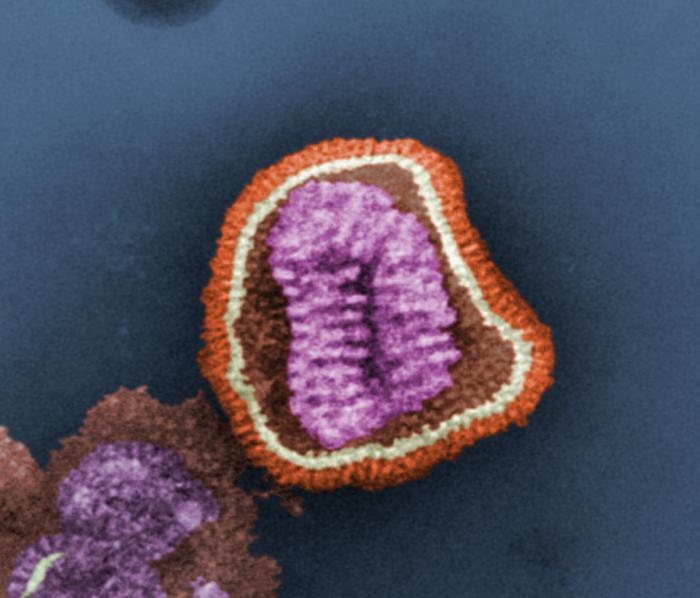Amino acid substitutions in the H5N1 avian influenza haemagglutinin alter pH of fusion and receptor binding to promote a highly pathogenic phenotype in chickens
Highly pathogenic H5N1 avian influenza viruses cause devastating outbreaks in farmed poultry with serious consequences for animal welfare and economic losses. Zoonotic infection of humans through close contact with H5N1 infected birds is often severe and fatal. England experienced an outbreak of H5N1 in turkeys in 1991 that led to thousands of farmed bird mortalities. Isolation of clonal populations of one such virus from this outbreak uncovered amino acid differences in the virus haemagglutinin (HA) gene whereby the different genotypes could be associated with distinct pathogenic outcomes in chickens; both low pathogenic (LP) and high pathogenic (HP) phenotypes could be observed despite all containing a multi-basic cleavage site (MBCS) in the HA gene. Using reverse genetics, three amino acid substitutions in HA were examined for their ability to affect pathogenesis in the chicken. Restoration of amino acid polymorphisms close to the receptor binding site that are commonly found in H5 viruses only partially improved viral fitness in vitro and in vivo. A third novel substitution in the fusion peptide, HA2G4R, enabled the HP phenotype. HA2G4R decreased the pH stability of HA and increased the pH of HA fusion. The substitutions close to the receptor binding site optimised receptor binding while modulating the pH of HA fusion. Importantly, this study revealed pathogenic determinants beyond the MBCS.

